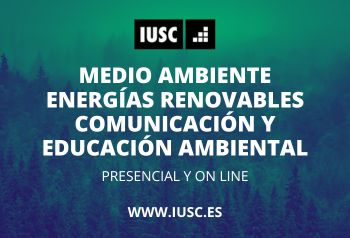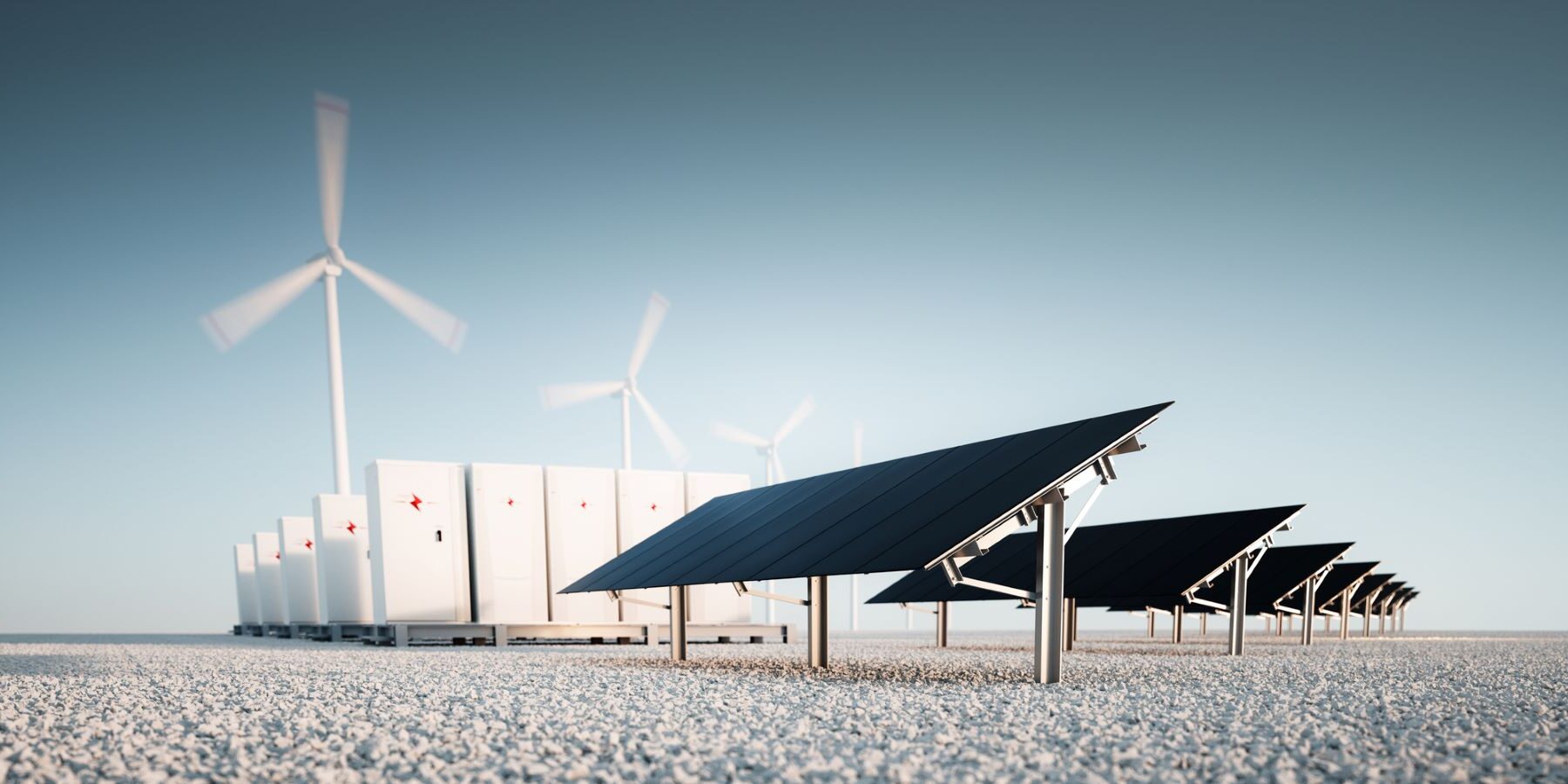Recently the UNEF has announced the launch of the “Seal of Excellence in Storage”. With this venture, it aims to lay the foundation for achieving the implementation of this technology. The idea is that the development of the environment in which they are installed is done under strict criteria of excellence.
The Spanish Photovoltaic Union (UNEF) has announced the launch of the Seal of Excellence in Storage, a certification designed to best practices when installing energy storage systems. This seal aims to establish standards for best practices in the development of these facilities, and to encourage investments in these technologies with socio-economic, environmental, circular economyand governance.
UNEF and the energy transition
Storage has become an important part of ensuring the availability of the cheap and clean energy generated thanks to photovoltaic solar energyeven during hours when there is no radiation, helping to both reduce the use of polluting fossil fuels and reduce electricity bills for consumers and industries.

“Storage is essential for the energy transition and we must establish a clear path of good practice that promotes this with criteria of excellence, and guide projects towards a development that is committed to the environment in which they are effectively installed,” said José Donoso, Director General of UNEF.
He UNEF Storage Excellence Seal It will be available for both production installations with hybridization and for “stand-alone” storage facilities.

UNEF: committed to the environment and society
The certification process will be divided into two phases. During the installation developmentwith an analysis of the project documentation; and after its construction, during which it will be verified that the project has been developed according to the four established criteria of excellence:
Socio-economic criteria
In coordination, both with civil society and local authorities, Facilities that are certified will search:
- Use of space: promoting the transfer of free spaces for common use, such as the installation of clean points or agreements with local farmers.
- Benefits for the community: Encouraging the purchase of local products, lCreating jobs and hiring local businessesthe training of professionals and other benefits such as reducing electricity bills.
Environmental criteria
- Environmental and safety measures promoting biodiversity: with measures such as minimizing concrete and earthworks during construction and implementing measures that promote the development of local species and pollinators.
- Security: establishing strict criteria for possible incidents such as fires and measures for the leakage control and noise reduction.
- Landscape integration: projecting visual barriers with local species and using materials that promote nature integration with the environment.
Criteria for the circular economy
- Waste management: Through a waste management plan waste management this includes both the construction phase and the management of batteries at the end of their life.
- Use of recycled materials: giving preference for recycled materials.
Management
- Early approach: Stimulate interaction with municipal and institutional actors from the first phases of the project.
- Community participation: promoting cooperation agreements with the municipal authorities to integrate the project into local life.
- Promoting equality: seeking gender equality in recruitment and work teams.
Since 2021, there has been a Seal of Excellence for photovoltaic installations that have been launched appropriately UNEF and that now joins this new seal, confirming the entity’s dedication to the responsible and sustainable development and the photovoltaic sector.

